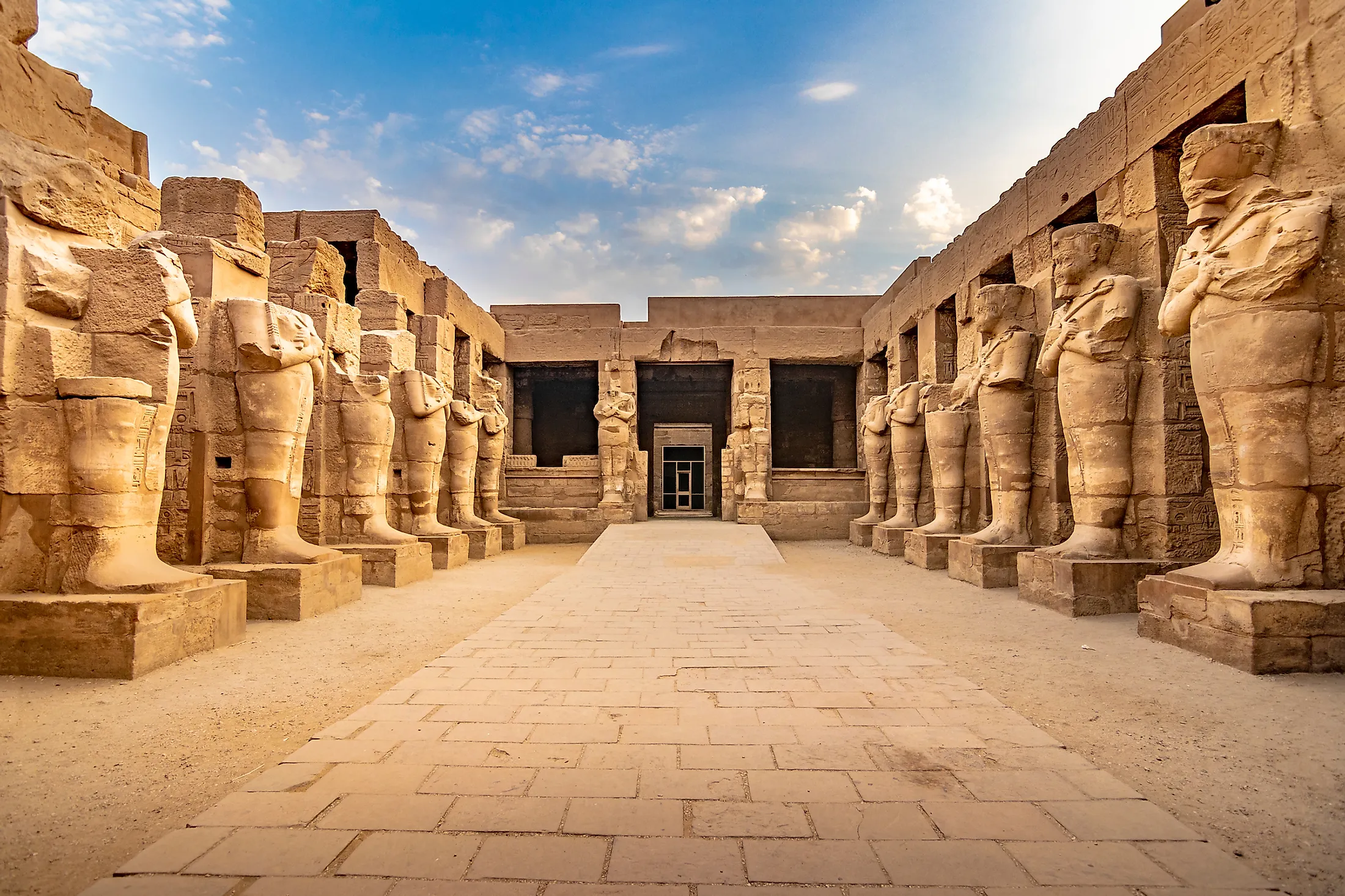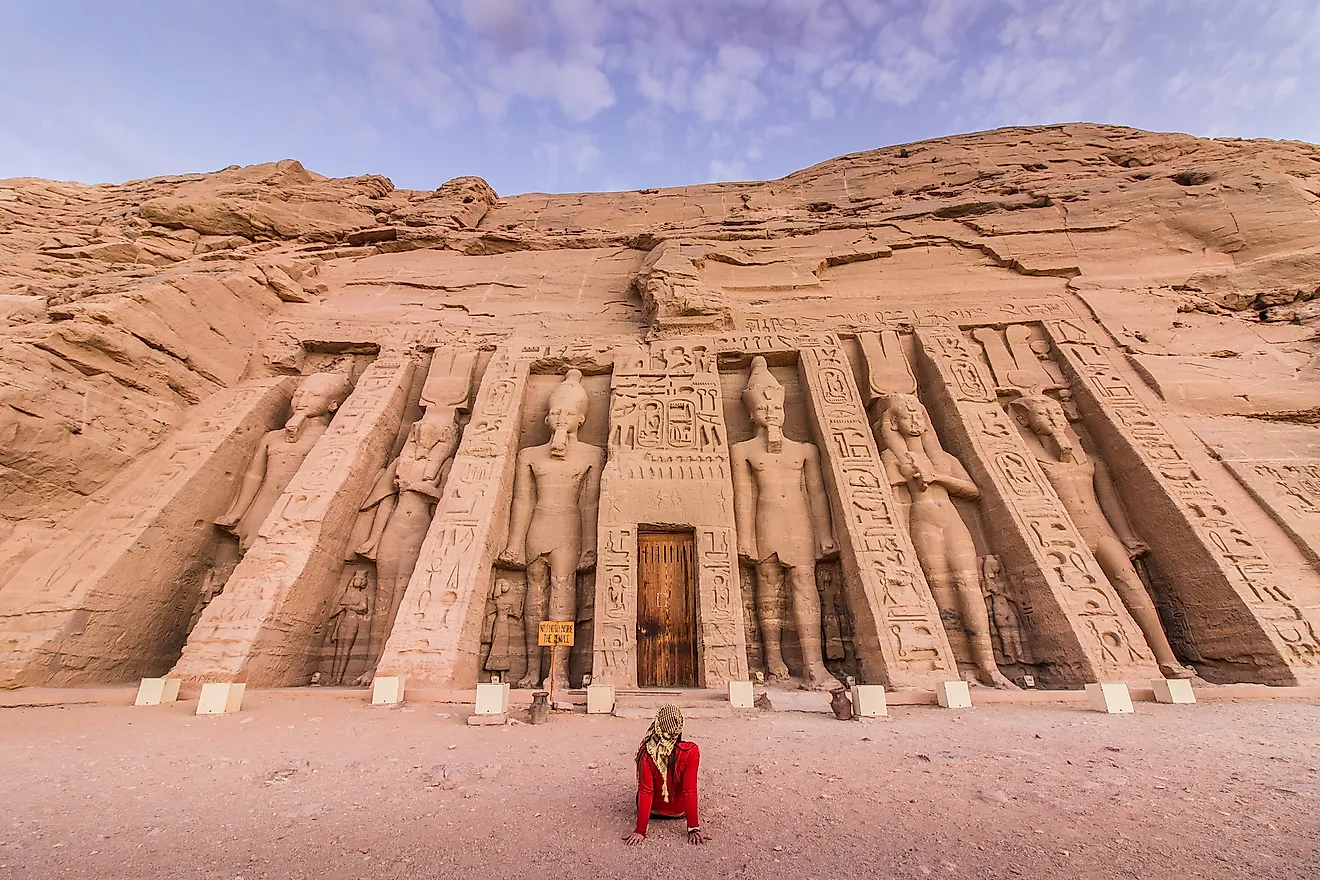The Incredible Architecture and Advanced Civilization of Ancient Egyptians
The Precise Architecture of the Pyramids of Giza
The pyramids of Giza, especially the iconic Great Pyramid, showcase extraordinary precision and advanced understanding of mathematics, engineering, and astronomy that leave modern scientists perplexed. Contrary to popular belief, the pyramids were never intended as tombs but rather were designed to precisely mirror key constellations as seen from Earth, displaying their knowledge of astronomy and sky mapping. The four air shafts inside the Great Pyramid still today point directly to important stars in certain constellations demonstrating their mastery of the night sky. Their location at the exact center of all land masses on Earth could only have been calculated with an aerial perspective showing the builders possessed knowledge allowing high altitude views unprecedented for their time.

The Pyramid Builders Were Not Slaves
Despite claims that the pyramids were constructed by slaves over a span of 20 years, the architectural marvels actually took decades longer to complete and their builders lived in a purpose-built complex rather than as slaves. No pharaoh’s burial was ever found in the pyramids as they were never meant as tombs. Given construction likely lasted generations, the prevailing slave narrative makes little logical sense. Evidence suggests skilled artisans carefully engineered the pyramids using advanced building techniques like quarter circle sled stones to efficiently transport multi-ton blocks, debunking the slave-labor theory.
Advanced Understanding of Astronomy and Astrology
The ancient Egyptians displayed unparalleled knowledge of astronomy through their pyramid architecture. Not only were structures precisely aligned to mirror Orion’s Belt and other constellations, air shafts inside the Great Pyramid still today point directly to stars in configurations matching their positions thousands of years ago. Their grasp of astrology is further evidenced by carvings, artwork, and hieroglyphs demonstrating a sophisticated understanding of the movements of heavenly bodies and their relationship to Egyptian mythology and religion. Their complex religious beliefs connecting reincarnation and the afterlife to astronomical phenomena attest to a depth of astrological comprehension unmatched in their era.
Evolution Does Not Explain Their Advanced Civilization
Given what is understood of how evolution and natural selection gradually increased human intelligence and skills over millennia, the sudden appearance of the highly advanced Egyptians does not neatly align with evolutionary theory. Within only a few hundred years, ancient Egyptians seemingly mastered mathematics, architecture, engineering, astronomy, writing, and other complex disciplines to a degree exceeding all other civilizations before or since, all while creating grand monuments still standing today. This pace of advancement contradicts hypotheses of gradual cultural and technological progress as proposed by mainstream explanations of human evolution and development.
Evolving Theories of Who Built the Pyramids
Traditionally taught assumptions that the pyramids were constructed as tombs by slave labor teams in only 20 years have faced increased scrutiny from Egyptologists. While it was long believed the Great Pyramid was commissioned by Khufu, textual evidence now indicates it was built under the god Thoth’s direction, not for any pharoah’s burial. As orthodox theories change to incorporate new archaeological discoveries and critique logical fallacies in past narratives, alternative proposals have emerged. Some theorize the pyramid builders possessed far greater technological prowess than conventionally accepted, allowing architecture like the pyramids that seems to necessitate aerial perspectives and advanced understanding of engineering principles. Reconsideration of long-held dogmatic views about ancient Egypt continues among scholars worldwide.
Advanced Infrastructure and Cultural Institutions
To support their pyramid constructions and other colossal projects, the ancient Egyptians developed extensive infrastructure networks and institutional frameworks at a scale previously unimagined. Immaculate paved roads, elaborate canal works, purpose-built housing complexes, standardized measurement systems, prolific craft specializations, governing bureaucracies, and record-keeping scribal schools all attest to a highly sophisticated civilization. Their advanced cultural infrastructure allowed coordinated efforts to plan, resource, and execute monumental architectural feats like the Giza pyramids that modern nations could not replicate without modern technologies. How such an advanced nation emerged fully formed along the Nile remains one of history’s greatest mysteries.
Mysteries Remain About Egypt’s Lost Advanced Civilization
While invaluable knowledge has been uncovered about ancient Egyptian achievements, fundamental questions persist unanswered. How did their civilization first come to be so remarkably developed? Where did they acquire the astronomical, architectural, and engineering expertise leaving even today’s scientists puzzled and awestruck? Uncracked hieroglyphs and unexplored monuments hold promising clues, yet mainstream academia dismisses possibilities beyond today’s paradigms. As open-minded investigation of Egypt’s enigmatic past continues using new scientific methods, our limited current understandings will surely evolve further on the true nature of this incredible lost civilization’s origins and sophisticated knowledge. More surprises undoubtedly remain to be discovered deep in the sands of time along the Nile.
